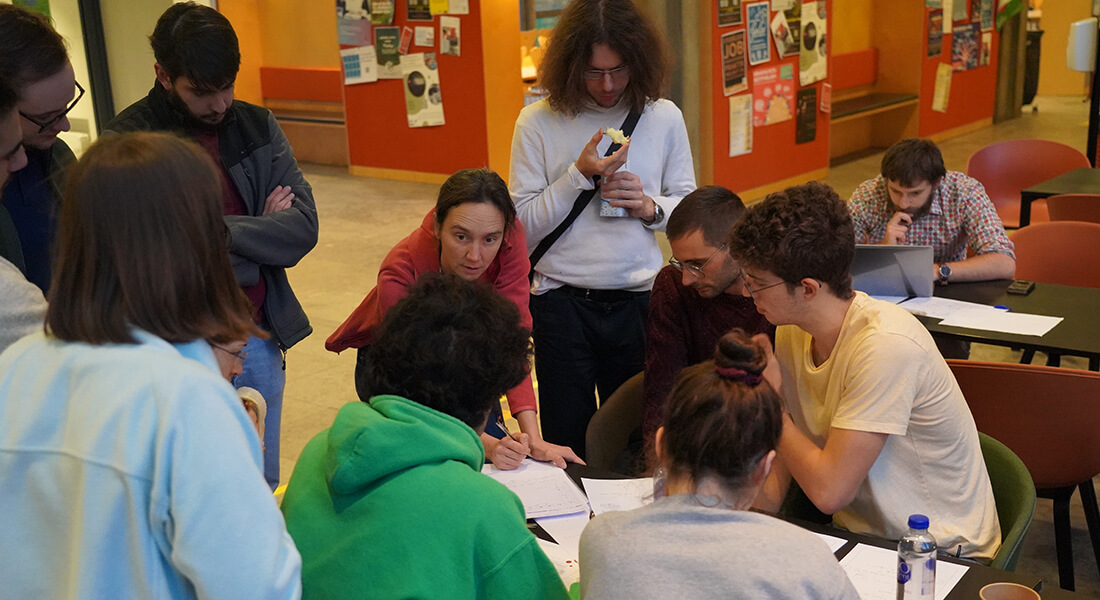Research

Copenhagen Centre for Geometry and Topology: aims and vision
The Copenhagen Centre for Geometry and Topology seeks to understand the topology of geometric structures. We aim at solving long-standing open problems at the intersection of geometry and topology, from the behaviour of shortest paths to the shape of singularities, capitalizing on recent breakthroughs.
Geometry as a problem solver
Geometry can be used to solve a host of problems in science and technology. This applies to the spread of forest fires, the shape of the universe, and many other things. These problems can be viewed as optimization questions or a temporal development puzzles for a given geometric shape.
Geometry concerns itself with quantitative issues like distances, angles and areas of geometric objects. In topology, on the other hand, one examines their qualitative properties. The focus is here on the shapes, asking for example how many holes there are, and relative positions, remembering which points can be connected by a path. These topological properties, unlike the above geometric ones, stay unchanged when you bend or stretch the geometric object.
The focus of our research
Our research especially involves three types of mathematical objects: moduli spaces, geodesics, and singularities. Loosely speaking:
- A moduli space is a set of mathematical objects, like curves or surfaces, that is itself organized as a geometric or topological object using a notion of “closeness"
- A geodesic is a path that locally minimizes distance, a “most efficient" path
- A singularity is a special point, like the center of a black hole in spacetime, where e.g., the equations are undefined, or the structure is not smooth
These three concepts are highly intertwined, and many of our research questions do in fact involve several of them simultaneously. We ask: how many shortest paths in a space return to their starting point? Do these paths self-intersect? What is the shape of minimal surfaces? Are moduli spaces of geometric objects themselves geometric? Thereby, we seek to further our understanding of geometry and topology. This new knowledge is expected to help solving many problems in other fields.
- Publications
- Research interests of individual staff members
- Past GeoTop and AG theses and projects
- GeoTop YouTube videos
